Old Timer knives boast a rich history, having been manufactured by Schrade, a brand renowned for its commitment to durability and traditional craftsmanship. Outdoor enthusiasts and collectors alike have long favored these knives for their classic design and reliable performance.
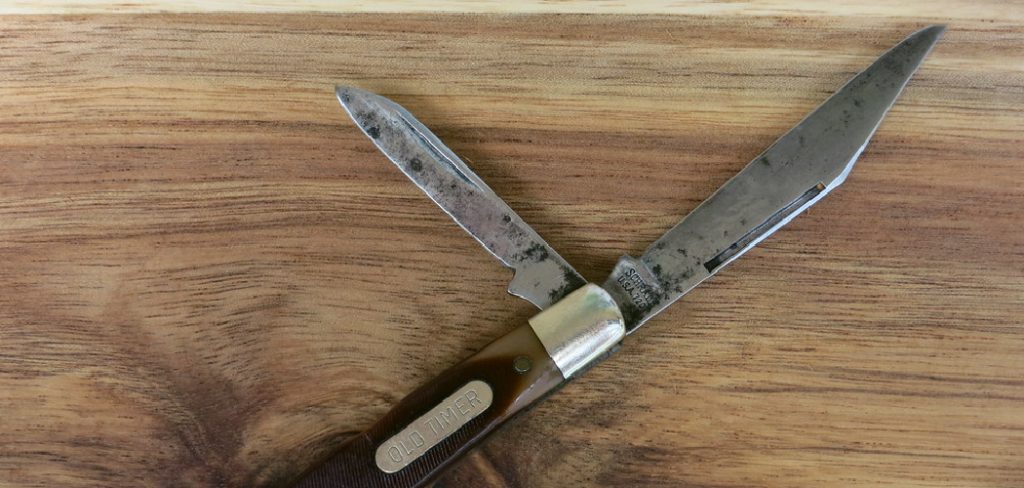
Over the years, Old Timer knives have become a symbol of quality and heritage, making them highly sought-after collectibles. With a variety of models released over several decades, many collectors are eager to discover how to tell the age of an Old Timer knife.
Understanding the age of a knife not only adds to its value but also satisfies the curiosity of dedicated collectors who appreciate the story behind each piece. This article aims to equip enthusiasts with the tools and methods to accurately estimate the age of an Old Timer knife, ensuring they can appreciate their collection to the fullest.
Understanding Old-Timer Knife Characteristics
Materials Used in Manufacturing
Old Timer knives have utilized various materials throughout their production history, contributing to their distinct charm and collectibility. The handles of these knives were traditionally crafted from bone or stag, providing a rugged, natural feel. Over time, Schrade transitioned to using Delrin, a durable synthetic material that offered a cost-effective and resilient option.
This shift in material use marked a significant evolution in Old Timer knives, allowing them to maintain their classic look while enhancing functionality. Similarly, blade materials and finishes have varied, with some models showcasing carbon steel for sharpness and others stainless steel for corrosion resistance, each indicative of different production periods.
Signature Features
Old Timer knives are easily recognizable due to their signature design elements. The iconic shield logo prominently displayed on the handle adds a distinct mark of brand identity.
Usually made of nickel silver, bolsters provide aesthetic appeal and functional support at the knife’s ends. Blade stamps are crucial for identifying the knife’s origins, often inscribed with the brand name and manufacturing location.
As the decades passed, these features evolved, leading to changes in model numbers and styles. Each variation reflects a specific production era, making them invaluable to collectors seeking to categorize and date their possessions.
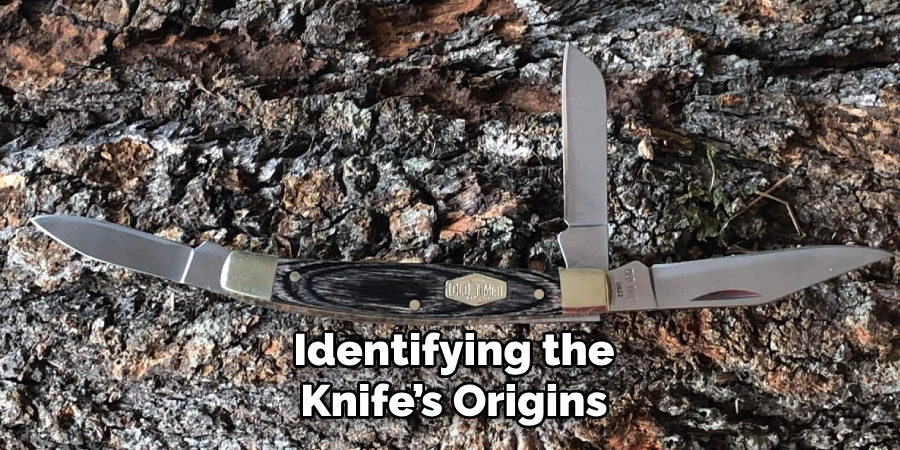
How to Tell the Age of An Old Timer Knife: Examining Tang Stamps and Blade Markings
What Tang Stamps Are and Why They Matter
Tang stamps are essential for determining the age and authenticity of Old Timer knives. Found at the base of the blade near the pivot, the tang stamp serves as a signature, providing crucial information about the knife’s origin. It typically includes the brand name, manufacturing location, and, occasionally, patent numbers.
For collectors and enthusiasts, the tang stamp is a vital clue in dating the knife, as these markings often went through distinct changes over various production periods.
Changes in Tang Stamps Over Time
The evolution of Schrade Old Timer tang stamps offers an insightful timeline of the brand’s manufacturing history. For instance, knives bearing the “Schrade-Walden” marking were produced before 1973, reflecting the period when the production facility was located in Walden, New York.
Post-1973, the transition to “Schrade USA” indicates a shift in operations to Ellenville, New York. Moreover, certain symbols or phrases can help pinpoint the exact manufacturing era of the knife. For example, stamps with model numbers alongside the brand name emerged over specific periods, adding another identification layer.
As the company adapted its branding and production techniques, these changes in tang stamps became an invaluable resource for collectors seeking to unravel the history behind each Old Timer knife. By closely examining these stamps, enthusiasts can ascertain the knife’s age and gain insight into the rich legacy of Schrade’s craftsmanship.
Researching Model Numbers and Production Records
Finding the Model Number
Determining the model number is a crucial step in researching Old Timer knives. Typically, the model number can be found etched on the blade or marked on the handle, directly referring to that particular knife’s design and specifications.
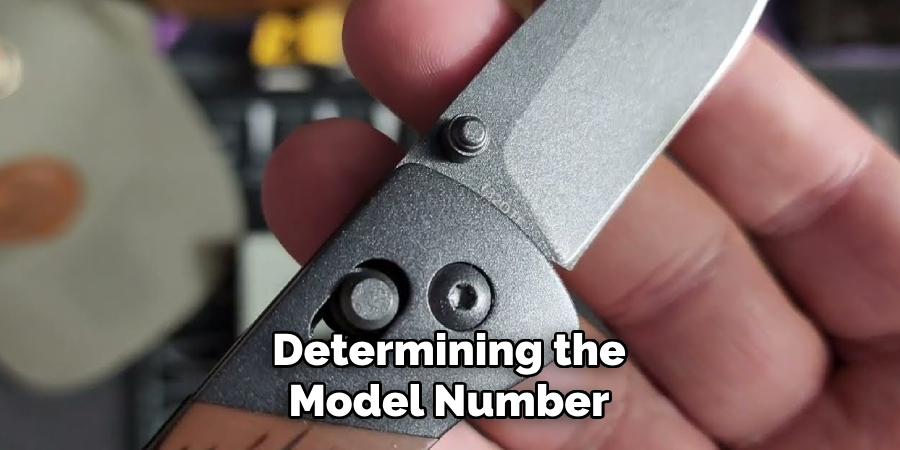
This number identifies the knife’s make and model and offers insights into its intended use and production era. Different model numbers often correspond to specific functions, whether they were designed as hunting knives, utility tools, or specialty blades, helping collectors understand the context and purpose behind each knife.
Cross-Referencing Production Records
Once the model number is identified, cross-referencing with production records becomes essential for dating the knife. Enthusiasts and collectors can utilize various resources, such as collector guides, detailed catalogs, and online databases that enumerate model numbers alongside their corresponding production dates.
These comprehensive resources often provide additional context about the conditions under which each knife was produced. Specialized forums and collector networks dedicated to Old Timer knives are also invaluable, offering community-based insights and access to rare information on niche models.
By leveraging a combination of these resources, collectors can precisely pinpoint the age and historical background of their Old Timer knife collections.
Analyzing Handle Materials and Design
Evolution of Handle Materials
Over the decades, the Old Timer knife collection has seen a notable evolution in handle materials, reflecting both technological advancements and market demands. Earlier models featured handles crafted from natural materials like bone and stag, known for their rugged, organic aesthetics and unique aging patterns.
While visually appealing, these materials tended to exhibit distinct wear over time, offering collectors clues regarding the knife’s age. With the introduction of Delrin in later models, a shift towards durability and mass production became evident. Delrin, a resilient synthetic alternative, maintained the knives’ classic appearance while providing enhanced strength and cost-effectiveness, marking a significant transition in material choice.
Changes in Handle Design
Old Timer knives have witnessed various changes in handle design, each reflecting their era’s stylistic preferences and technological capabilities. Over time, variations in handle shape, texture, and the placement of logos became apparent, assisting collectors in distinguishing between production periods. Early designs often included intricate detailing and textured grips, while later models favored smoother finishes for ergonomic purposes.
Some design elements, such as elaborate engravings, were phased out in favor of streamlined, practical styles introduced in subsequent decades. These evolving design characteristics showcased Schrade’s adaptability and provided a visual timeline that knife enthusiasts could use to trace their collection’s history.
Identifying the Origin of Manufacture
USA vs. International Production
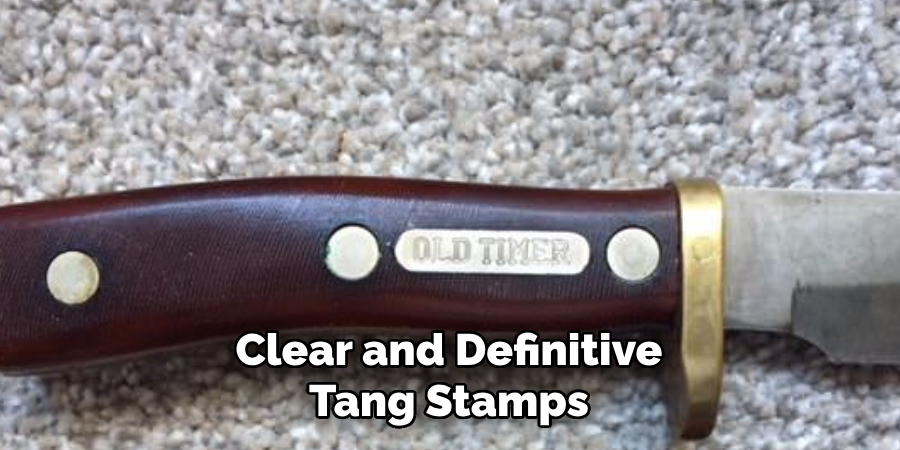
Before Schrade’s bankruptcy in 2004, all Old Timer knives were manufactured in the United States, setting a high standard for craftsmanship and quality that collectors revere today. American-made Old Timer knives typically exhibit superior build quality, precise detailing, and robust durability.
These knives often carry clear and definitive tang stamps with the “Schrade USA” marking, a hallmark of their authenticity and provenance. Post-bankruptcy, production shifted internationally, primarily to countries with lower manufacturing costs. Knives produced outside the United States can be distinguished by subtle differences in construction and materials, often showcasing less intricate tang stamps or altered brand logos.
Collectors prioritize these differences to assess value and authenticity, recognizing that American-made knives are generally more sought after for their historical significance and traditional craftsmanship.
Regional Variations in Design
The production of Old Timer knives for specific markets or regions sometimes resulted in unique design features that catered to local preferences. For instance, variations could include distinct handle materials, blade shapes, or special engravings that reflected regional hunting or utility needs.
These regional differences can be instrumental in narrowing down a particular knife’s production dates and origins. Identifying regional traits adds to the knife’s historical value and enriches the cultural narrative attached to each Old Timer piece, offering collectors a broader understanding of their collection’s global footprint.
Evaluating Packaging and Accompanying Materials
Original Packaging and Boxes
Original packaging and boxes provide invaluable clues for estimating the production years of Old Timer knives. These boxes’ distinct styles, logos, and markings can often be linked to specific periods, serving as a visual catalog of chronological branding changes.
Maintaining the original packaging significantly enhances the collectible value, as it offers authenticity and completeness that collectors prize. Over time, these boxes become treasured elements of the knife’s provenance, adding depth to its historical narrative.
Paperwork and Manuals
The presence of accompanying paperwork, such as warranty cards, instruction manuals, or promotional materials, plays a critical role in dating Old Timer knives. These documents often include specific details about the knife’s model and production era, serving as valuable references for collectors.
Authenticating the paperwork that originally came with the knife not only confirms its authenticity but also enriches the historical and collectible value of the piece, by providing comprehensive insights into its original retail context.
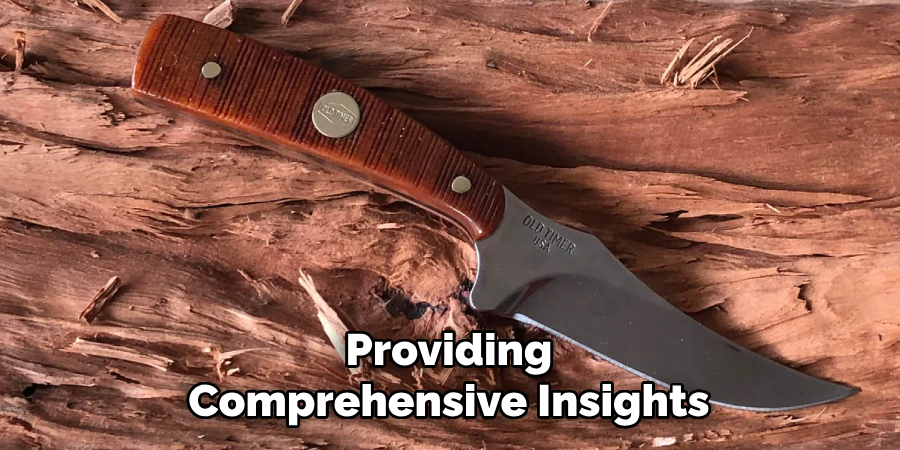
Consulting Experts and Resources
Online Communities and Collectors
Engaging with online communities and collector groups can be incredibly beneficial for enthusiasts of Old Timer knives. Dedicated forums and social media platforms provide a space for collectors to exchange insights, share their knowledge, and discuss the nuances of these prized items.
Experienced collectors often help newcomers identify the age and authenticity of a knife through detailed discussions or by sharing pictures of known models, making these platforms invaluable resources for accurate information.
Books and Guides
Reference books such as “The Standard Knife Collector’s Guide” are essential for those who prefer in-depth research. These guides offer comprehensive information and detailed images, allowing collectors to meticulously compare their knives against documented examples.
By examining detailed catalogs and timelines within these works, collectors can pinpoint the production periods of their Old Timer knives, enhancing both their knowledge and the value of their collections.
Common Challenges and Misconceptions
Misleading Modifications
Aftermarket modifications or repairs can pose significant challenges when determining the original age of an Old Timer knife. These alterations may include changes to the handle, blade replacements, or polishing that obscures original markings.
Such modifications can inadvertently mislead collectors about the knife’s authenticity and production period. To spot altered or non-original parts, collectors should look for inconsistencies in material finishes, unusual hardware, or mismatched components. Consulting expert resources and comparing them with documented examples can help verify originality.
Misinterpretation of Markings
Tang stamps, model numbers, and other indicators sometimes lead to misinterpretations among collectors. For instance, a common misconception is assuming that all knives with a “Schrade USA” stamp are from the same era. However, markings can change subtly over time, reflecting different production periods.
Cross-referencing multiple factors, such as packaging, accompanying materials, and known manufacturing changes, is crucial to accurately date and authenticate a knife. Ensuring accuracy involves a holistic approach rather than relying solely on one indicator.
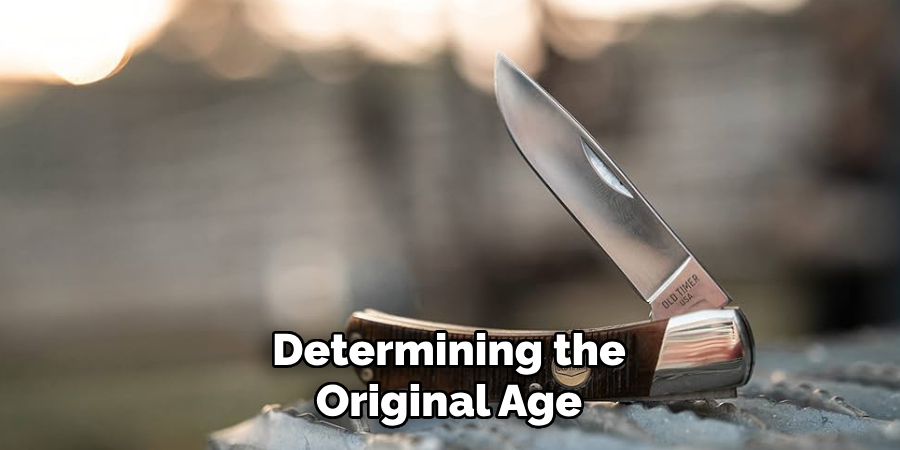
Conclusion
Determining the age of an Old Timer knife involves a meticulous process that includes examining tang stamps, model numbers, materials, and packaging. Understanding “how to tell the age of an Old Timer knife” requires combining multiple clues to form a comprehensive assessment. It’s essential to cross-reference these features against known timelines and manufacturing changes.
Consulting expert resources, such as books and engaging with online collector communities, can be invaluable for identifying rare or ambiguous cases. Together, these strategies equip collectors with the insights needed to accurately date and assess the value of their knives.
Edmund Sumlin is a skilled author for Metal Fixes, bringing 6 years of expertise in crafting a wide range of metal fixtures. With a strong background in metalwork, Edmund’s knowledge spans various types of fixtures, from decorative pieces to functional hardware, blending precision with creativity. His passion for metalworking and design has made him a trusted resource in the industry.
Professional Focus:
- Expert in Metal Fixtures : Edmund aesthetic specializes in creating durable and innovative metal fixtures, offering both appeal and functionality. His work reflects a deep understanding of metalworking techniques and materials.
- Sustainability Advocate : He is dedicated to using sustainable practices, ensuring that every fixture is crafted with eco-friendly methods while maintaining high-quality standards.
In his writing for Metal Fixes, Edmund provides valuable insights into the latest trends, techniques, and practical advice for those passionate about metal fixtures, whether they are professionals or DIY enthusiasts. His focus on combining artistry with engineering helps others discover the true potential of metal in design.


